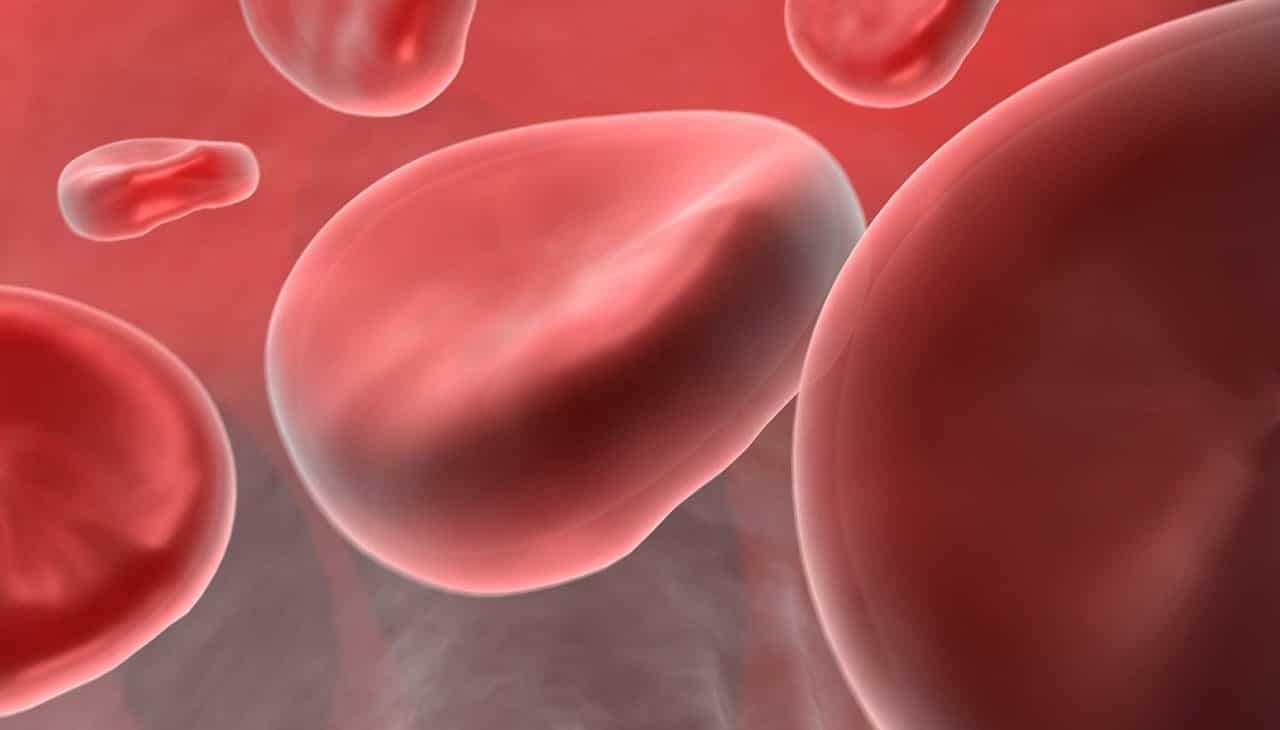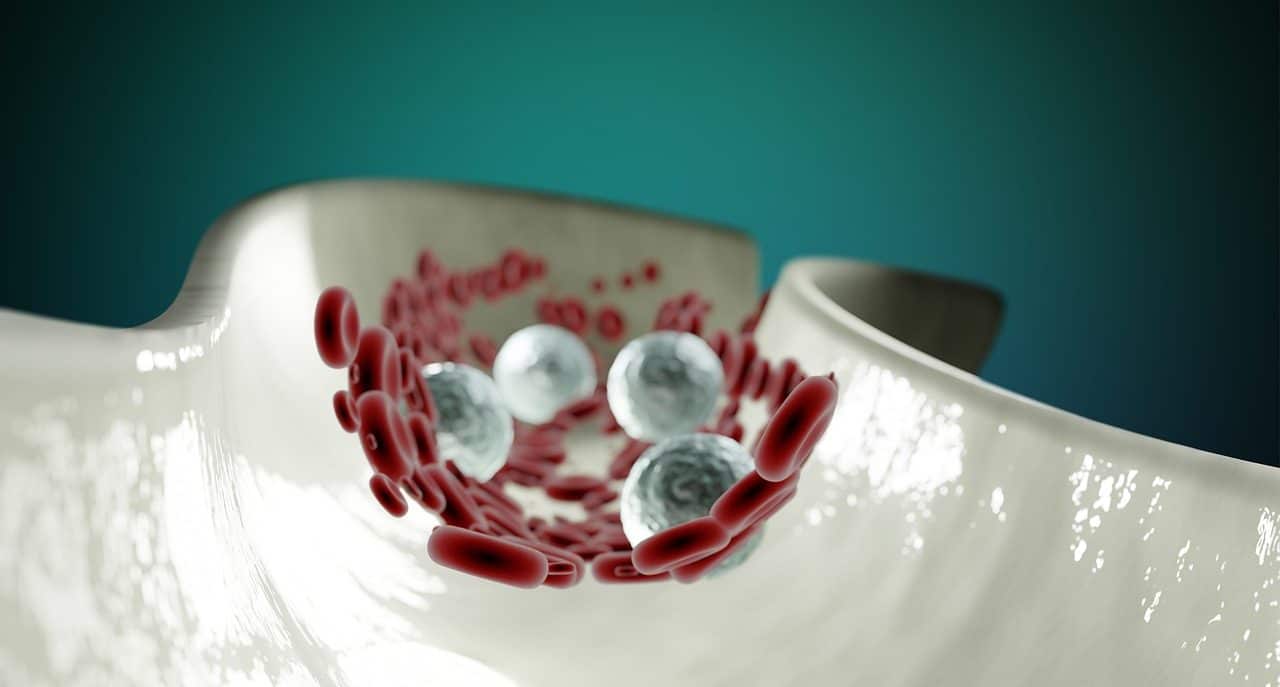
Platelets are blood cells.
Platelet is a concept that derives from plaque . One of its most common uses is in the field of biology and refers to a type of cell found in vertebrates and which is very important during blood clotting .
Before moving forward we are going to determine the etymological origin of the term. In this sense, we have to say that it emanates from the French plaque , which is used to refer to a flat, thin thing that is placed on top of another.
Platelet function
Platelets are irregularly shaped cells that lack a nucleus . They are found in the blood flow and are key in the development of clots that help stop bleeding . Each platelet, therefore, intervenes in the process known as hemostasis , which prevents blood from leaving the vessels that allow its circulation.
This means that, if the number of platelets in an organism is reduced, eventual bleeding will be profuse. At the other extreme, a high number of platelets causes a tendency to form thrombi and clots , capable of generating blockages in the vessels and causing serious health disorders (such as an embolism, a heart attack or a stroke).

Platelets play a key role in coagulation.
Other information of interest
In addition to everything stated above, we cannot ignore other interesting information about the notion that concerns us now:
- It is considered that an adult person without any health problem can produce a total of 1 x 10 11 platelets on average per day.
- It is also interesting to know that the average lifespan of a platelet is between 7 to 10 days.
- The discovery of platelets is attributed to Max Schultze (1825-1874), a famous German anatomist. However, the one who took the definitive step was the Italian Giulio Bizzozzero (1846-1901), who was the one who noticed the important role that platelets play in the human body.
- Platelets are generated in the bone marrow through thrombopoiesis . There is a hormone called thrombopoietin that is responsible for regulating this production. Once they are in the blood , platelets are stored in the spleen, although they are also destroyed by this same organ and by cells present in the liver.
Diseases that affect platelets
There are various diseases that directly affect platelets. However, among the best known are these:
- Thrombocytopenia , which occurs when the amount of thrombocytopenia that exists is lower than normal.
- Thombocytosis, which occurs when the number of platelets increases considerably. This can be due to various causes, including a tumor, Kawasaki disease, anemia, trauma and even nephrotic syndrome.
More uses of the concept
Another meaning of the notion of plaque refers to a rectangular element that can be used as a covering or to transmit information through an inscription.
For example: “The singer received a plaque for the one hundred thousand records sold throughout his career,” “I was excited when they gave me the plaque for my twenty years of tenure in the company.”
